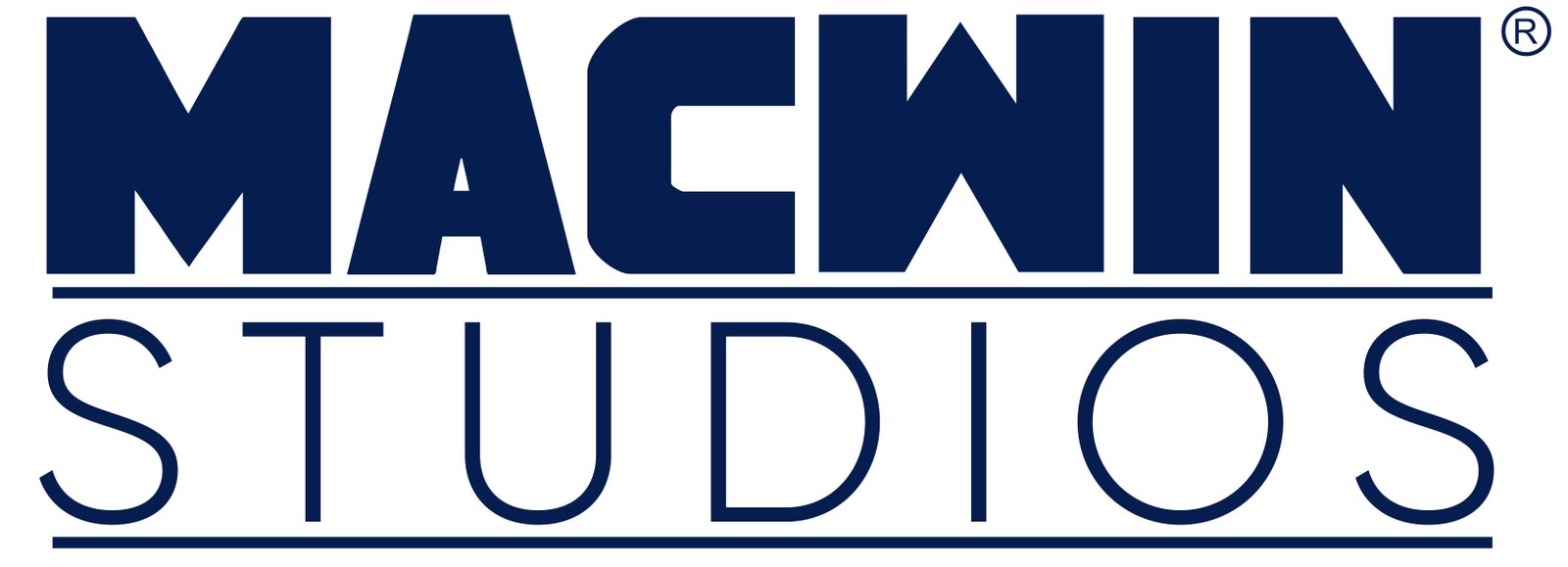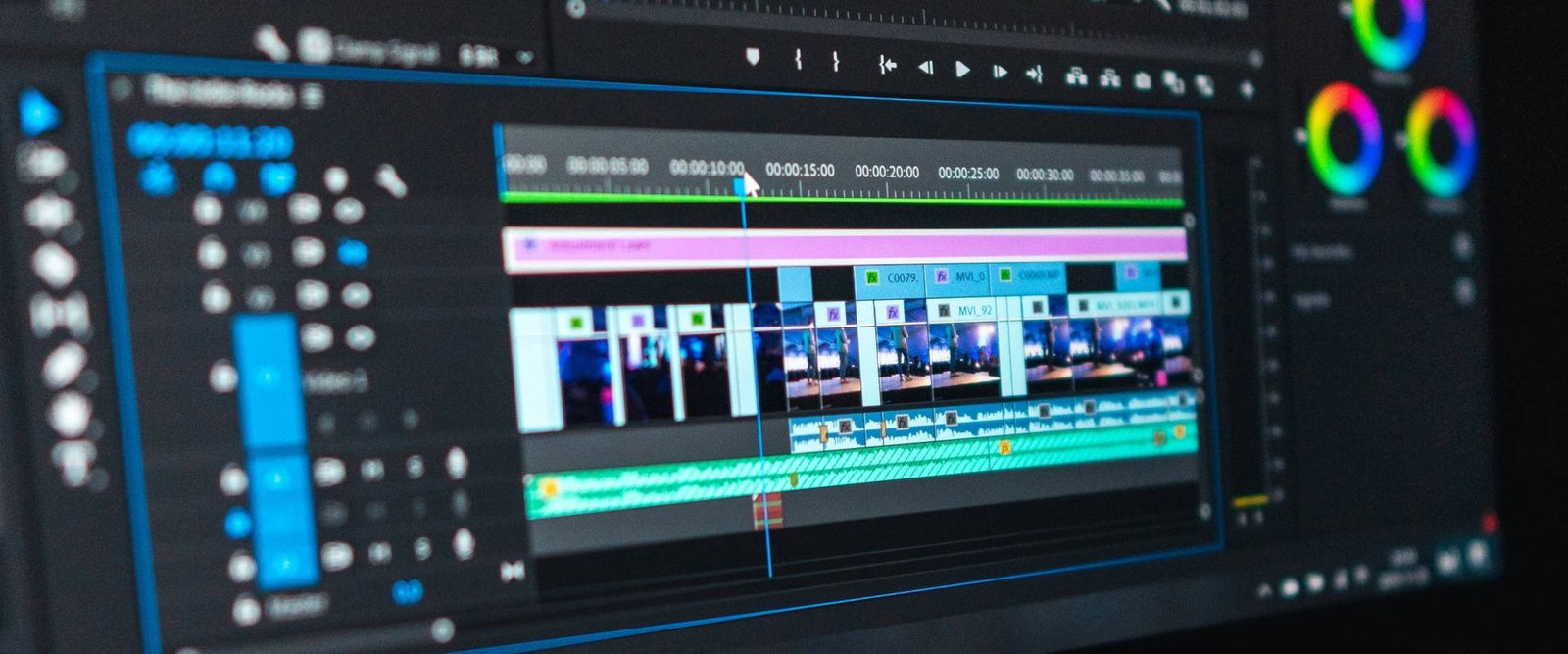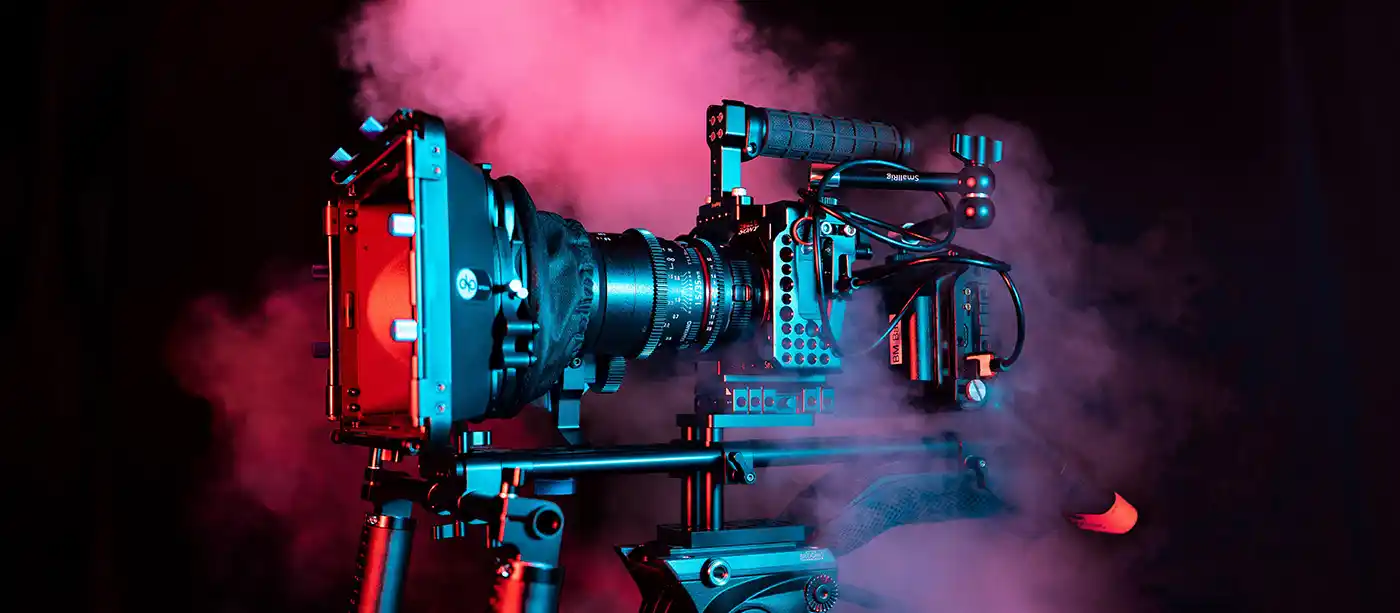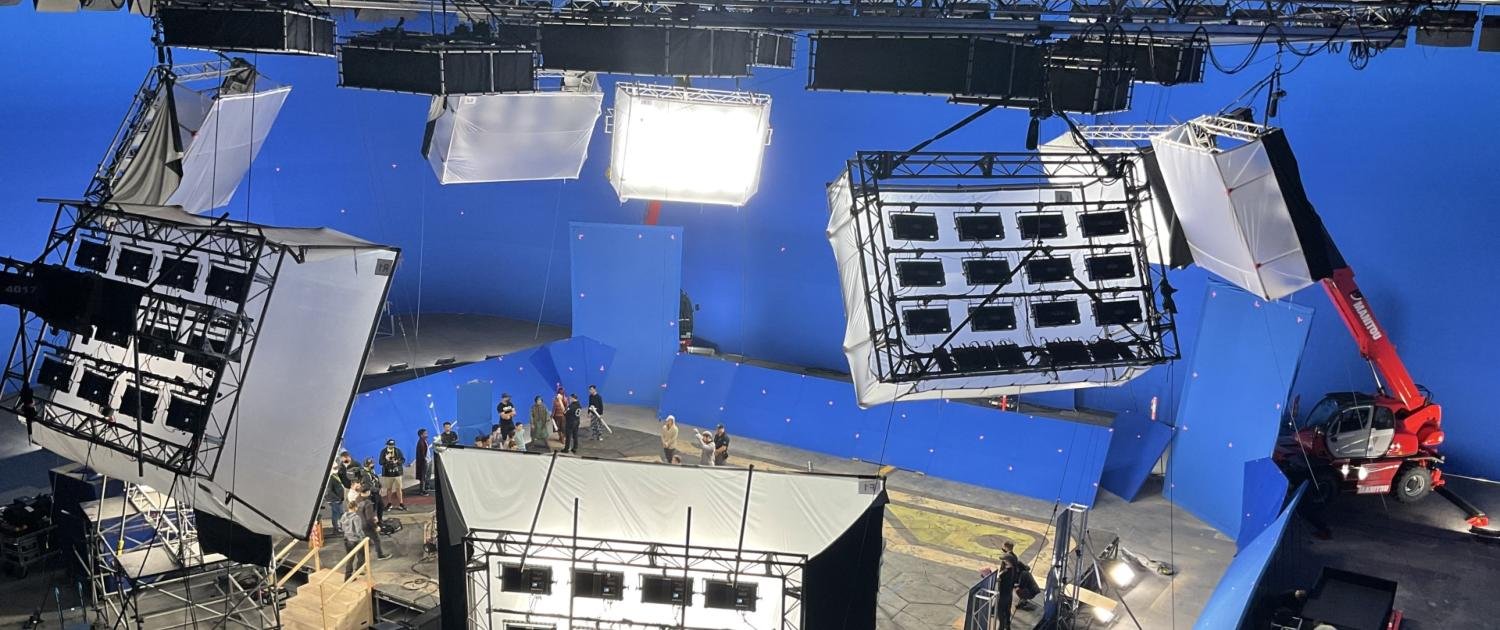In today’s competitive entertainment landscape, movie promotion is as essential to a film’s success as the story itself. Even the most captivating films need a strategic promotional campaign to reach audiences, create excitement, and ultimately drive ticket sales or streaming views. Movie promotion combines marketing, social media engagement, publicity stunts, and creative campaigns that aim to connect with viewers on emotional and experiential levels.
This blog will explore key strategies and tactics in movie promotion, from traditional advertising to the power of digital and social media, to help you understand what it takes to create buzz and ensure your film reaches its intended audience.
The Goals of Movie Promotion
The primary goal of any movie promotion campaign is to attract viewers. This involves:
- Building Awareness: Making potential audiences aware of the film's existence and its release date.
- Creating Interest: Giving audiences a reason to care, often by sharing glimpses of the storyline, characters, or the film's unique elements.
- Generating Hype: Building excitement through trailers, teasers, posters, and more, so that audiences feel compelled to watch it as soon as it’s released.
- Driving Engagement: Engaging with fans and creating a community around the movie, which can often lead to word-of-mouth marketing.
Traditional Promotion Methods
Despite the rise of digital marketing, traditional movie promotion strategies still play a crucial role, especially for large-scale releases.
Trailers and Teasers
The movie trailer is one of the most effective tools in a promotion campaign. It offers a sneak peek into the story, visuals, and tone of the film and is often one of the first pieces of content audiences see. Teasers, on the other hand, are shorter and reveal less information, designed to intrigue audiences without giving too much away.TV and Radio Ads
Television and radio ads reach broad audiences and are often tailored to air during programs that attract the target demographic of the movie. They’re particularly effective for blockbusters aiming for mass appeal.Print Media
Posters, magazine spreads, and newspaper ads are still relevant and can make a big impact, especially in high-traffic areas or major publications. Billboards and transit ads on buses and subways also increase visibility and help establish a film’s presence.Press Releases and Media Coverage
Press releases distributed to media outlets provide essential information about the movie, including cast, crew, release date, and storyline. Interviews, feature articles, and behind-the-scenes content in film magazines or entertainment news help build credibility and anticipation.Red Carpet Premieres and Events
Premieres are an opportunity for media coverage, fan interaction, and star power. When stars and creators make appearances, it garners excitement and media attention, further amplifying the reach.
Digital Marketing in Movie Promotion
The digital age has transformed movie promotion, with social media and online platforms allowing filmmakers to connect directly with audiences.
Social Media Campaigns
Platforms like Instagram, Facebook, Twitter, and TikTok are indispensable in modern film promotion. Each platform offers unique ways to engage audiences. Instagram is ideal for visual content like posters and teasers, Twitter for real-time updates and trending hashtags, while TikTok appeals to a younger audience with short, engaging video content.Official Website and Landing Pages
A movie’s official website acts as a central hub where viewers can find all the latest information about the film, including trailers, release dates, character profiles, and merchandise. Interactive elements like games, quizzes, or downloadable content can increase engagement and keep audiences returning.Influencer Marketing
Collaborating with influencers or social media personalities can expand a film’s reach. For example, having influencers attend an early screening and share their experience can create organic hype. Influencers who align with the movie's theme or genre (such as horror, comedy, etc.) bring authenticity and connect with niche audiences.YouTube and Online Trailers
With millions of daily users, YouTube is a powerful platform for sharing trailers, interviews, and behind-the-scenes footage. Premiering trailers on YouTube often reaches a global audience instantly and enables viewers to share the content across social networks.Targeted Online Ads
Online ads, such as Google Ads and social media ads, can be targeted to specific audiences based on demographics, interests, or even behavior. Retargeting ads, which follow viewers who’ve interacted with the trailer or movie website, serve as reminders and encourage further engagement.Email Marketing
Email lists, especially for sequels or franchise films, allow studios to communicate directly with fans. Newsletters and announcements keep audiences informed about upcoming releases, exclusive content, or pre-sale tickets, maintaining excitement and keeping fans in the loop.
Engaging Content Strategies
Unique and engaging content can set a movie apart from the competition. Here are some creative ways movies are promoted through memorable, fan-friendly content:
Behind-the-Scenes Content
Behind-the-scenes videos and photos humanize the cast and crew, giving fans insight into the making of the movie. These glimpses into the filmmaking process can make viewers feel like part of the journey, building a personal connection with the project.Interactive Campaigns
Interactive experiences, such as AR (augmented reality) filters, themed quizzes, or personalized video messages, create a fun way for fans to engage. For instance, horror films may use AR to place viewers “inside” a scary scene, enhancing excitement.Exclusive Sneak Peeks and Clips
Releasing select scenes or character spotlights can build curiosity without spoiling key moments. This is especially effective with highly anticipated films where fans are eager for any new content related to the story or cast.Contests and Giveaways
Social media contests, like tagging friends or creating fan art, encourage fans to share the movie's content with their followers, expanding its reach. Prizes can include tickets, merchandise, or exclusive experiences, making fans feel valued and appreciated.User-Generated Content
Encouraging fans to share their own content, such as fan art, cosplay, or scene recreations, fosters a sense of community. Hashtag campaigns like #MovieTitleFanArt or #MovieChallenge can help spread awareness organically, allowing fans to become part of the film's promotion.
Publicity Stunts and Experiential Marketing
To stand out, some films use publicity stunts and experiential marketing to attract attention. These often involve unconventional tactics that catch people by surprise or immerse them in the movie’s world.
Publicity Stunts
Memorable stunts, like placing lifelike props in public spaces, can create viral moments. For instance, horror movies have used costumed actors to spook pedestrians, creating buzz and news coverage.Experiential Marketing Events
Some promotions involve creating immersive experiences based on the film's world. A science fiction movie might create a “space station” for fans to explore, or a horror movie might organize a haunted house inspired by the film. These events create memorable interactions that fans love to share on social media.Pop-Up Exhibits or Cafés
Pop-up shops, exhibits, or themed cafés can turn elements of the movie into a tangible experience. This is especially effective for films with a strong aesthetic or fan following, as fans are eager to visit these temporary spots for photos and souvenirs.
Tracking and Measuring Success
To understand the effectiveness of promotion, it’s essential to track metrics and gather data on audience engagement. Key performance indicators (KPIs) might include:
- Box Office and Pre-Sales: Early ticket sales can indicate the effectiveness of hype-building campaigns.
- Social Media Engagement: Likes, shares, comments, and views on platforms provide insights into what content resonates most with audiences.
- Website Traffic: Visits to the official website, especially around trailer launches or major announcements, can show interest levels.
- Search Trends: Spikes in search traffic for the movie’s name or related keywords reflect how aware audiences are of the film.
- Audience Sentiment: Monitoring comments, reviews, and social media discussions reveals how audiences feel about the movie after promotional efforts.
Final Thoughts
Movie promotion is a dynamic blend of creativity, strategy, and audience engagement. From classic trailers to viral social media campaigns, each element of a promotional strategy helps build excitement and connects viewers to the story. Whether you’re working on a major studio release or an independent film, understanding the art of promotion can help you reach audiences effectively and maximize your movie’s impact.
Remember, promotion begins long before the release date—building a community of fans and creating memorable experiences can turn a good movie into a great success.






